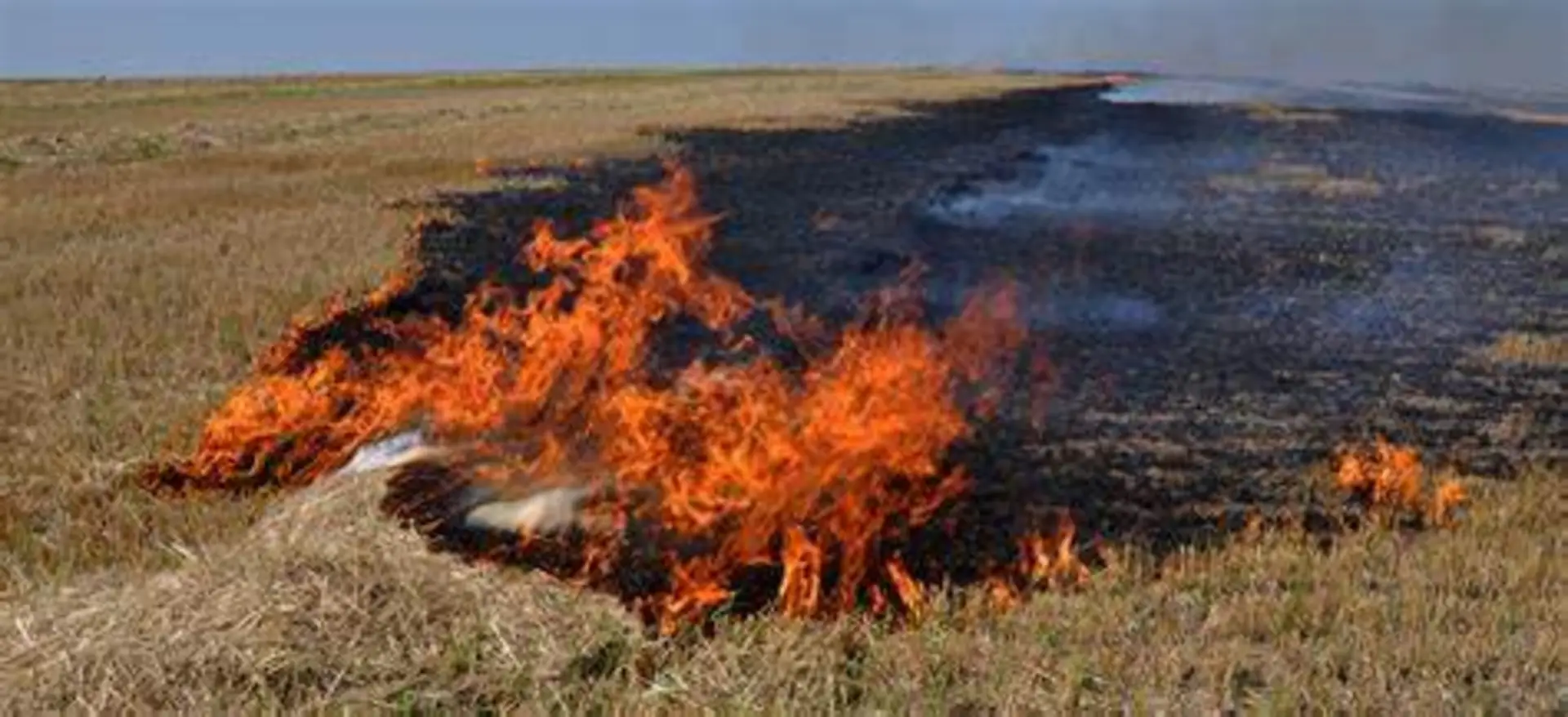
Haryana's battle against stubble burning is showing promising results, with a remarkable 29 percent decrease in burning incidents this year. Chief Minister Nayab Singh Saini's targeted approach combines farmer support with strict enforcement, creating a sustainable solution to this persistent agricultural challenge.
Massive Farmer Participation
The state's initiative has gained significant traction, with 83,070 farmers registering to manage 7.11 lakh acres of paddy area. "This overwhelming response shows farmers' commitment to environmental protection," a government spokesperson told The Haryana Story. The registration window remains open until November 30, 2024, allowing more farmers to join the program.
Financial Support and Equipment Access
The government's support package is comprehensive:
- Rs 1,000 per acre for crop residue management
- Rs 7,000 per acre for crop diversification
- Rs 4,000 per acre for Direct Seeding of Rice technology
- Subsidized equipment with 50-80% cost reduction
- Special allocation of Rs 15,000 per gaushala for residue transport
Since 2018, the state has distributed over 100,000 crop residue management machines, with 9,844 new machines added this year alone. The program has already disbursed Rs 223 crore in incentives for crop diversification since 2020.
Enforcement and Incentives
The state maintains a balanced approach between rewards and penalties:
- Villages are categorized into red, yellow, and green zones
- Panchayats can earn Rs 1 lakh (red zone) or Rs 50,000 (yellow zone) for achieving zero burning
- 334 violations resulted in fines totaling Rs 8.45 lakh
- 418 red entries recorded and 192 police cases registered
"We're seeing a cultural shift in farming practices," the spokesperson emphasized. "Farmers increasingly understand that alternatives to stubble burning not only protect the environment but also improve their soil health and income potential."
The Indian Council of Agricultural Research (ICAR) data confirms the program's success, recording only 713 burning incidents this year, a significant improvement from previous years. The initiative also promotes crop diversification, with 33,712 farmers already switching to alternative crops on 66,181 acres under the Mera Pani-Meri Virasat Yojana.













